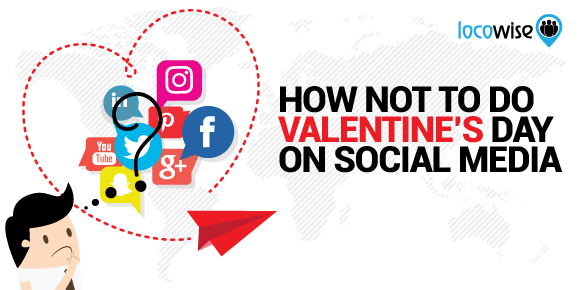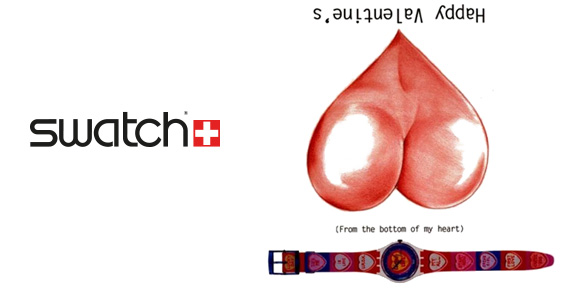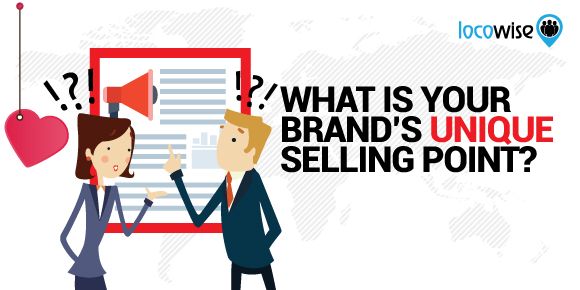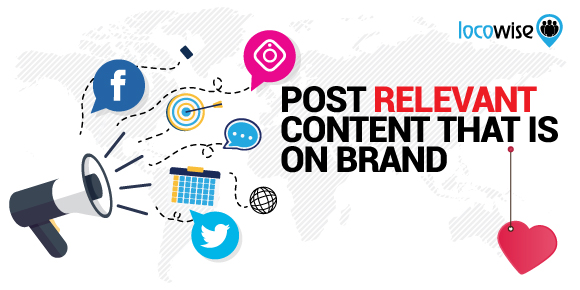How Not to Do Valentine’s Day on Social Media
Catherine Hayden posted on 8 February 2017
If you take only one thing away from this blog post, let it be this: Don’t do Valentine’s Day on social media because just about everyone else does. Many brands don’t, and this is for good reason.
What Marketing Calendars Should But Don’t Do
The standard approach to preparing a marketing calendar for any given year tends to go like this: identify every possible holiday or special occasion that vaguely relates to your product or service and add it to the calendar for later discussion and possible implementation. At best, too broad an approach doesn’t work. But, at worst, it can lead to some major gaffes.

Recently Business Insider wrote a piece on 21 Horrible Valentine’s Day Ads That Will Make You Glad You’re Single. This scathing piece featured ads from Valentine’s campaigns that were notoriously ineffective.
Many of these ads appeared only on social media, and there are lessons to be learnt from them when it comes to what doesn’t work. Here is one:
Swatch’s Upside Down Ad
The first problem: this could offend women, who form at least half of Swatch’s target market. The image could, also, offend a broader and more conservative market
The biggest problem: a lack of clear branding
Avoid a similar mistake by doing your research and never posting on an occasion that may not make sense to your brand

Picture: Swatch
Take A Lesson From Nike
Nike didn’t post anything related to Valentine’s Day in 2016. Or in 2015. In fact, the last Valentine’s Day post they shared with their audience was in 2012 and it was on their Nike Women Facebook page.
Targeting women on Valentine’s Day may have seemed to make sense at the time, at the very least more sense than targeting a male audience that wouldn’t likely be interested in being wished a happy Valentine’s day by their favourite sneaker brand, but they missed the mark.
This Valentine’s Day post received 2,300 likes. For the sake of comparison, another 2012 post from a few months later that consisted of motivational copy and branding alone, got 6,000 likes. That’s better use of marketing time and spend.
How Nike Does It
Nike is a brand that’s generally considered to have one of the world’s top social media marketing teams, with a very impressive advertising spend. Nike says it has boosted 2016-2017 spending on demand creation, including advertising, brand events and digital marketing, by 10% to $804 million.
Nike didn’t become a household name without excellent branding and marketing, and social media is an important consumer-facing channel for them. There are a number of things they get right on Facebook and other social media platforms, but here are what might be considered the top four:
1. They realize that they have competitors, but they don’t focus on the hard sell. People may buy into ads, but they really buy into brands.
2. Nike’s logo and slogan are one of their biggest assets. Both are used throughout posts across social media – it’s on their Facebook cover image, on images they share (whether as a design feature or on a product), and it’s incorporated into hashtags segmented across product and audience.
3. They offer a nice balance of content: new products, science, and information about corporate social investment they’re involved in.
4. Their social media strategy, as with their overall strategy, focuses on one strong message that differentiates them from their competitors: the research and development that goes into every design.
What’s Your Brand’s Best Accessory?
Assuming you already have your main marketing focus in writing and set in place for 2017, there’s no harm going over it again before implementing ideas on social that may not be effective.
Consider your brand’s “best accessory”. Are you known for fast moving consumer goods, sports equipment, tech solutions, flower delivery, or fine jewellery? Your brand, your unique selling point, and your carefully fine-tuned target market are your best accessories.
Followers of tech companies on social media are less inclined (if at all) to respond to Valentine’s Day messaging. People who believe your jewellery offering is unique and special – or who need to be converted into this belief – will be more responsive to a Valentine’s Day deal.

This is important: What works in store, whether your store is online or bricks and mortar, works on social media – as a rule. If you haven’t had success in Valentine’s Day promotions before, you might want to put more time and energy into something that has worked.
Selling sports supplements? Do that – but do it when you’re sponsoring a big local sporting event, when New Year’s resolutions have people motivated to work out harder, or at the end of winter when people are concerned with shaping up. Social media is a vital adjunct to a holistic marketing plan, but isn’t a magic bullet when it comes to increasing sales that might be lagging for a variety of reasons.
If you’re still not sure Valentine’s Day marketing online is for you, here’s a breakdown of the biggest Valentine’s Day Spends in the US in 2016.
Who Buys Into Valentine’s Day?
Shortly after Valentine’s day in 2016, data analytics company Jumpshot took a close look at Valentine’s Day spend and demographics in the United States. Analyzing searches for Valentine’s gifts on Amazon, they found that the main driving force behind sales at this time of year were women aged between 35 and 54.
Looking closely at consumer demographics, it was found that 77% of unique searches for Valentine’s Day gifts came from women. The general perception that women are more invested in Valentine’s Day than men matches long-gathered marketing data, so this is not entirely surprising. Another survey found millennials aren’t invested in this celebration.
For even more information on Valentine’s Day spend, look at this February 11 2016 Article on US News.
What This Could Mean For You
If you are promoting Valentine’s Day specials or messaging, you want to be sure your target market is:
- Female, as a rule
- Aged approximately 35-55
- A large enough percentage of your audience to drawn to marketing around this time of year
- Generally, not millennials
Valentine’s Day Posting Tips
Research has shown, and continues to show, that less is often more when it comes to social media marketing. As much as this applies to your weekly or monthly posting schedule, this applies to how heavily you push promotional and event-related content, too. Post relevant content that is on brand, and only when it is relevant.
If you do have social media content lined up for February, post it on the day, or very close to the day. This will ensure that your audience doesn’t feel spammed.
Before kicking off a social media campaign on Valentine’s Day, follow these steps:
1) Focus your attention on single people as much as on couples. Increasing numbers of people globally are identifying themselves as single, and research suggests that a quarter of these singles still intend to do something over Valentine’s Day. The average single American man will spend $71 during the holiday, while a single woman might spend $40.
2) Target people buying gifts for friends, not partners. Single women are as likely to spend on a fellow single friend as they are on themselves.
3) Remember pets. It was reported that in 2016 19 percent of people bought Valentine’s Day gifts for their dogs and cats to a total of $681 million.

4) Don’t treat Valentine’s Day like you would Christmas or a birthday. Valentine’s gifts are often last minute and spur of the moment. A month-long paid media campaign leading to Valentine’s Day could do your brand more harm than good. Rather focus on the week or so leading up to Valentine’s Day – almost half of shoppers say they only start thinking about Valentine’s Day at the beginning of February.
5) Boost your mobile efforts. More people are buying and searching for gifts using smartphones. All of your online collateral needs to be perfectly optimised for any peak shopping/engagement time.
6) Offer experiences, not things. If your brand doesn’t align well with a night out at the movies or a romantic dinner, a Valentine’s Day promotion probably isn’t for you. This is a sentimental holiday and many who celebrate it hope to create memories and not simply be given gifts.
Don’t forget to track the response to your Valentine’s Day campaign, if you choose to go ahead with one, using social media analytics. Read more about that here.





